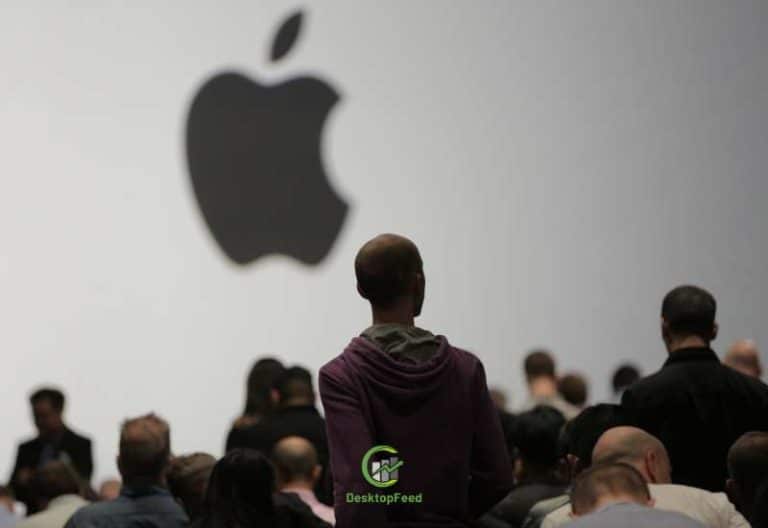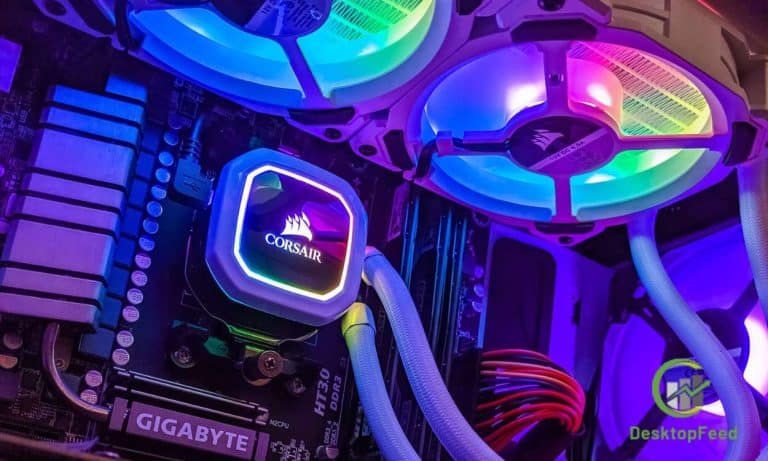What Is Cloud Computing?

The question, “What is Cloud Computing?” may seem like a complex one to answer. The cloud is a utility model of computing that stores and provides information online. It is a type of browser-based user interface that uses a data center. However, there are some basic differences between cloud computing and on-premises computing.
Cloud computing
Cloud computing is a way to store and process data through the Internet. This model uses servers to manage the data and processes requests from clients. Cloud computing differs from the traditional computing model in that the clients use these servers to store and run programs. It is also a self-service model, with users filling out a web form to get started.
Cloud computing offers a variety of benefits, such as flexibility and elasticity. The system allows multiple users to access the same data, and users can upload and download data from anywhere. Cloud computing also has some security features, including multi-tenancy, which allows multiple customers to share the same infrastructure and applications while still maintaining their privacy. In addition, resource pooling allows cloud providers to service multiple customers with the same physical resources. However, resource pools should be large enough to accommodate a variety of users.
Cloud computing is often associated with the big IaaS providers. The three most common are AWS (Amazon Web Services) and Google Cloud (Microsoft Azure). All three providers provide a diversified ecosystem of services and tools. SaaS services offer agility, allowing customers to quickly and easily add capabilities and scale cloud resources as required.
Another benefit of cloud computing is disaster recovery. It provides cost-effective redundancy and reduces the distance needed to restore data if an incident happens. All major public cloud providers offer disaster recovery as a service. It also enables end-user self-service, preventing bottlenecks in the operations process.
Cloud computing is the delivery of computing resources via the Internet, without the need to install software or hardware. It is a popular option for businesses and individuals, offering cost savings and increased productivity. It also allows users to access data and applications from anywhere with an internet connection. The cloud model is particularly useful for small business owners.
However, cloud computing is not without risks. Because cloud infrastructure is not owned by the company, IT governance can be difficult. Additionally, it is difficult to manage industry laws and compliance. Without control over the infrastructure, organizations cannot manage risks or ensure data quality.
Also Read: How to Sign Up and Register For Goezilla
It’s a utility computing
The basic concept behind Cloud computing is a utility computing model, in which one company pays another for computing services. This technique is often compared to the virtualization of hardware. The idea is simple. A company pays for a certain amount of computing resources to access a certain amount of web storage. The backend servers, in turn, are shared among many users in cluster forms.
Utility computing services can scale a startup’s business, enabling it to quickly scale to a size that can service thousands of customers. As the startup grows, it can request more resources, such as more data storage space and bandwidth. It can do so without worrying about ongoing costs and maintenance.
Utility computing is a great way to reduce IT costs. It also allows organizations to use computing resources according to their needs. In addition to offering more flexible resources and a cost-effective model, this type of computing helps companies respond more quickly to changing demands. Utility computing is a great option for businesses that are looking to optimize their IT resources.
Despite its flexibility, some applications are not suitable for utility computing. For example, data movement costs and fundamental latency limits limit the capabilities of some applications. For example, stock trading may not be suitable for cloud computing. In addition, data transfer across wide geographic areas is expensive and incurs high latency. Unlike other types of computing, with Utility Computing, users pay only for the computing resources that they use. This can reduce costs, even if the monthly rate is more expensive than the cost of ownership and maintenance of the machine.
Another advantage of Utility Computing is that it offers auditability. This type of computing allows companies to be more audit-proof, especially if they need to audit data. Utility computing also offers the ability to scale up quickly, and can be used to defend against DDoS attacks. Additionally, the security features of Utility Computing are well understood, and the data is stored in encrypted format, which can be more secure than unencrypted storage in a local data center.
Another benefit of Utility computing is its ability to offer fine grain resource management. The cost-effectiveness of this type of computing allows companies to start small and scale up resources when they need it. In addition, it allows users to pay on a per-use basis, so that they only pay for the resources they actually use. This approach also rewards conservation by letting machines idle when they are not needed.
It’s a browser-based user interface
Cloud computing is a type of cloud computing that allows you to access a computer’s data and services through a web browser. This eliminates the need for individual software installations and updates. Instead, updates are automatically applied across the entire network. Web-based applications are more productive as they enable developers to release new features faster.
While the term “cloud” often means “cloud computing,” it also refers to software architecture. The software on the end user’s computer is known as the frontend. Client-side applications and browsers are the most common examples of frontend software architecture. In addition to cloud applications, cloud computing services provide interactive synchronous access to human users.
It’s a data center
Cloud computing is a virtual resource that lets you share a computer with others. Just like electricity in your home, it’s distributed and stored in data centers. These facilities can house thousands or even millions of computers. Users pay to rent space in these facilities. Cloud vendors design their infrastructure to optimize power, cost efficiency, and compatibility with management tools.
Data centers use large amounts of electricity and need significant infrastructure. These facilities must also accommodate bandwidth requirements and backup generators. Often, a single company uses multiple types of data center facilities. However, it can be challenging to determine what kind of facility is best for your needs. For example, if your organization is looking for a large space for storage, you may use a small data center.
An on-premises data center consists of server hardware and networking equipment. These components can age quickly and require replacement. In addition, these centers require highly trained personnel to maintain them. Additionally, they must have a steady internet connection. As a result, many companies prefer to build and operate their own data centers.
Cloud computing was invented in the early 2000s, but the concept of computing as a service is centuries old. The first time-sharing services came on the market in the 1960s, with computer bureaus allowing companies to rent mainframe time without having to purchase one. However, the rise of the PC made owning a computer more affordable and corporate data centres emerged as a result.
Many companies worry about data sovereignty, especially those in Europe, when their data is stored in a data center in the US. However, cloud vendors are building regional data centres to meet these needs. By doing so, they can avoid any potential problems that can arise when using cloud-based servers. However, if geopolitics are an issue, they may have to reconsider their cloud computing strategy.
Cloud computing offers many benefits over traditional on-premises data centers. It is flexible and inexpensive, and it also offers an ideal solution to mission-critical systems. Hybrid cloud solutions allow companies to run sensitive data locally but process public data quickly in the cloud
For More Articles: Desktopfeed.com






